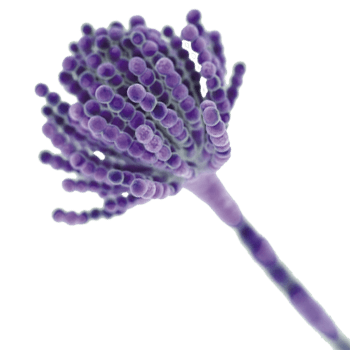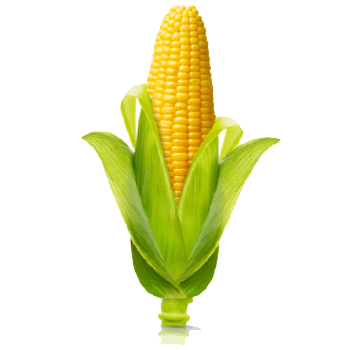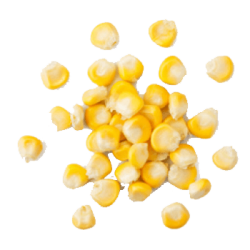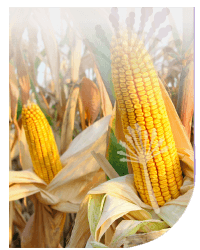Jog Raj1*, Hunor Farkaš1, Zdenka Jakovčević1, Marko Vasiljević1 and Naresh Magan2
1PATENT CO, DOO., Vlade Ćetkovića 1A, 24 211, Mišićevo, Serbia
2Applied Mycology Group, Cranfield University, Cranfield, MK43 0AL, U.K.
*Corresponding author: [email protected]
⇰ It is important to note that feed ingredients and integrated animal feeds can be contaminated with various chemical and biologically derived residues, including dioxins and heavy metals, spoilage microbes and mycotoxins.
 Contamination with mycotoxins is amongst the most important “silent menace” which can have a spectrum of severe adverse health impacts on animals and subsequently enter the human food chain.
Contamination with mycotoxins is amongst the most important “silent menace” which can have a spectrum of severe adverse health impacts on animals and subsequently enter the human food chain.
Mycotoxins are toxic secondary metabolites of specific spoilage molds (e.g., Aspergillus, Penicillium, Fusarium species) which can colonize carbohydrate and lipid-rich feeds made from peanuts, wheat, corn, sorghum, and other cereal grains. They are very heat stable and thus difficult to destroy once formed. The FAO declared that probably 25% of the worlds’ staple food/feed crops including cereals produced annually may be contaminated with mycotoxins. However, this may be a significant underestimate, as the occurrence above the detectable levels suggests contamination with these toxins to be up to 60–80% (Eskola et al., 2020).
 Mycotoxins are a major challenge for animal feed producers and, therefore, regular monitoring of these contaminants in feed commodities is essential to minimize impacts on key animal production chains.
Mycotoxins are a major challenge for animal feed producers and, therefore, regular monitoring of these contaminants in feed commodities is essential to minimize impacts on key animal production chains. The aim of the present study was to screen corn samples received from different countries and regions of the world, between September 2020 and February 2021 in order to determine their level of contamination with mycotoxins.
The aim of the present study was to screen corn samples received from different countries and regions of the world, between September 2020 and February 2021 in order to determine their level of contamination with mycotoxins.
In this survey, 50-60 samples per country and a total of 1000+ samples were analyzed for multiple mycotoxins. The corn samples were collected from Europe (including Serbia, Bosnia, Spain, Croatia, Italy, and Russia), Africa (Algeria, Morocco, Ghana, Ivory Coast, Kenya and Cameroon), Latin America (Dominican Republic, Peru, Argentina and Colombia), and Asia (Vietnam, Malaysia, Turkey, and Thailand).
The corn samples were collected from Europe (including Serbia, Bosnia, Spain, Croatia, Italy, and Russia), Africa (Algeria, Morocco, Ghana, Ivory Coast, Kenya and Cameroon), Latin America (Dominican Republic, Peru, Argentina and Colombia), and Asia (Vietnam, Malaysia, Turkey, and Thailand).
The corn samples were all analyzed by LC-MS/MS triple quad (Agilent 6460 series) using a multi-mycotoxin method for quantification of all mycotoxins present. These included the following mycotoxins that are regulated in the EU in feed by EU Directives 2002/32/EC, 2006/576/EC, and 2013/165/EU:
The results of this survey are presented in the following format:

COUNTRY SPECIFIC DATA FROM EACH CONTINENT EXAMINED Average multi-mycotoxins detected in corn samples Table 1 shows the average of each mycotoxin detected (ppb) in the corn samples in the survey on a country and continent basis.








 Micotoxicosis prevention
Micotoxicosis prevention